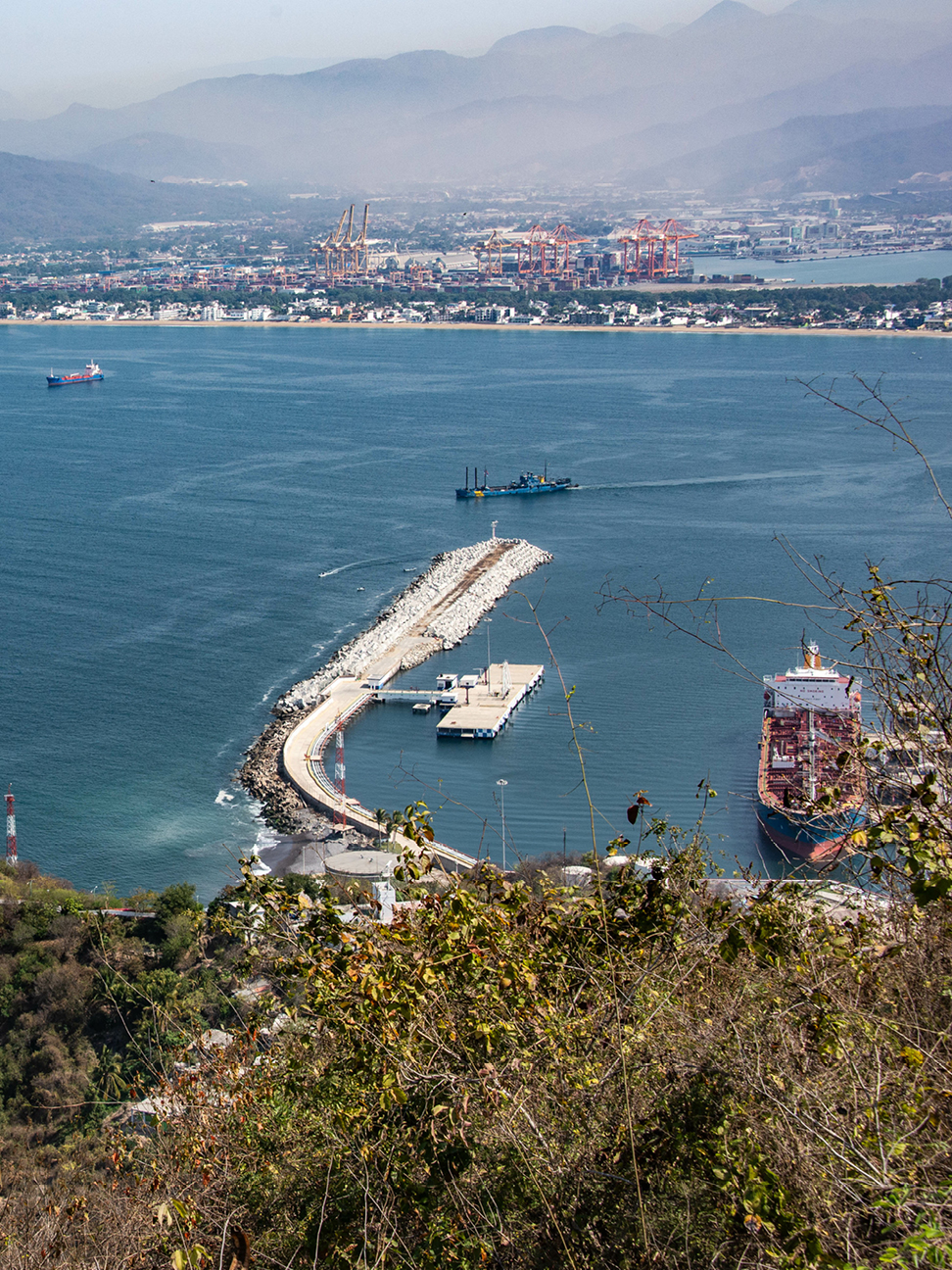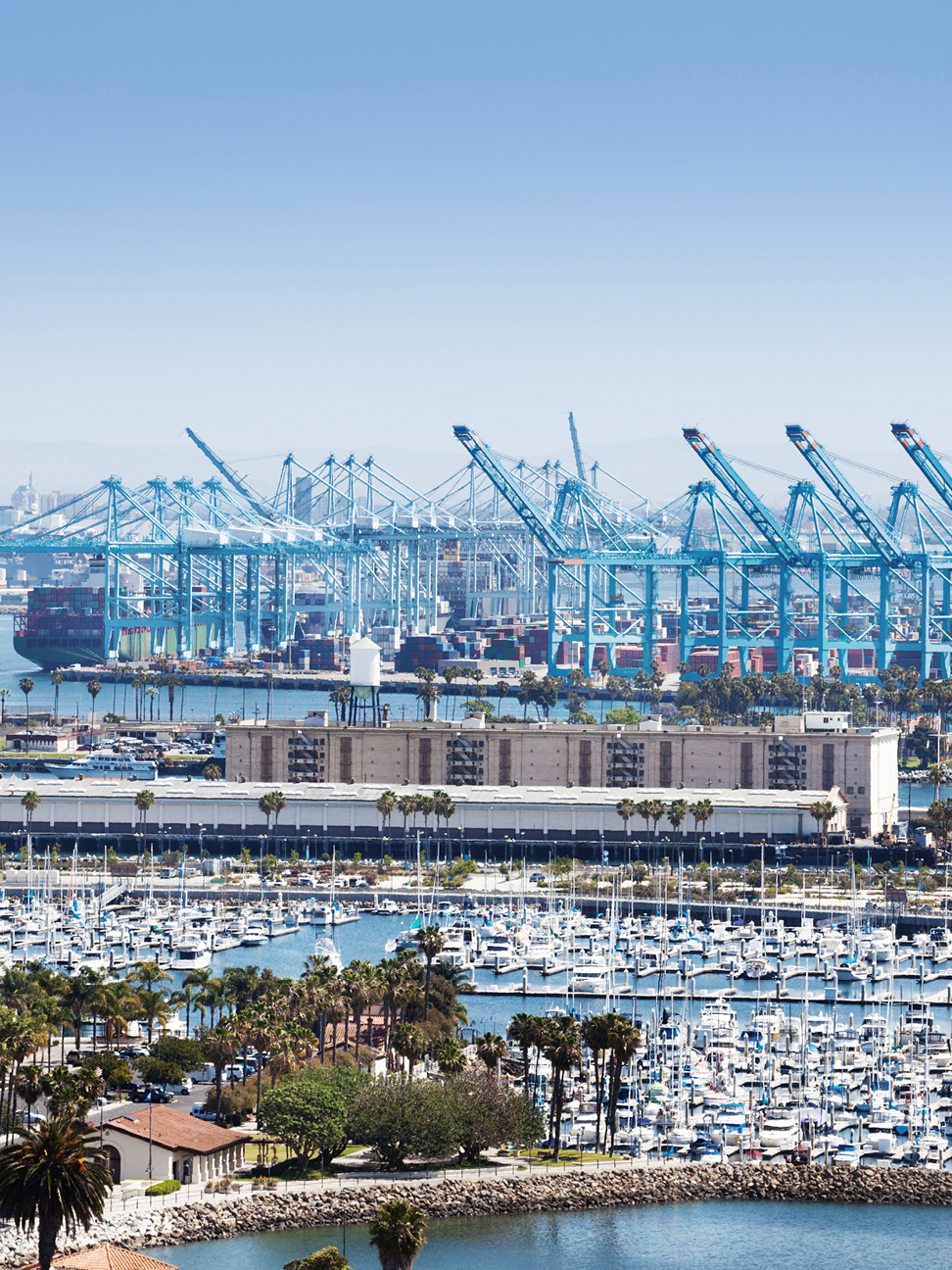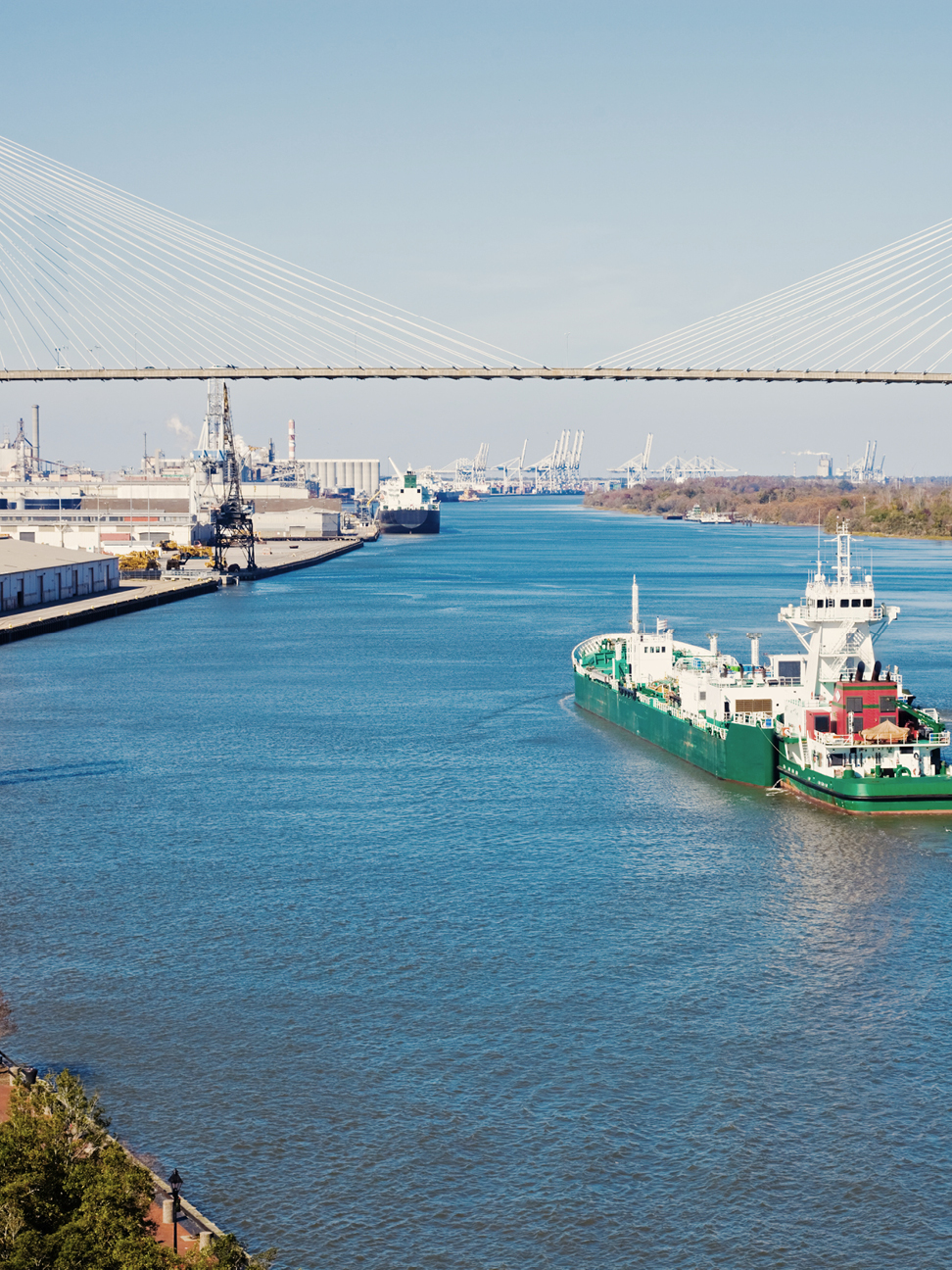Future Cities
2022 Global Seaport Review: Manzanillo, Mexico
Navigating evolving global seaport regions and their impact on industrial real estate
December 13, 2022 4 Minute Read

Manzanillo is one of the busiest ports in Mexico, but the logistics operations around it consists of temporary storage of goods and supplies in outside lots that do not attract large industrial developments. The closest primary industrial market is Guadalajara, located 290 kilometers (180 miles) into Mexico’s Bajío region, a logistics hub that connects the port with central Mexico.
Overview
The Port of Manzanillo is the largest containerized port in Mexico and is considered the country’s most important due to its infrastructure and technology. The port functions as a main hub for Asian importers and exporters. It is also the port with the largest tonnage (31.8 million as of 2021) of foreign cargo shipping in Mexico. The port ranks 83rd on the United Nations Port Liner Shipping Connectivity Index, making it Mexico’s best-connected port.
Figure 1: TEU volumes
Source: CBRE Research, Port of Manzanillo, 2022.
Figure 2: Population demographics
Source: citypopulation.de, 2022.
27%
of the value of all Mexican cargo transported during 2021 was via maritime shipping
Port features
The port includes four terminals, 46-foot (14-meter) harbor depths and 17 berths. It contains freezing chambers in its fishing terminal with a storage capacity of up to 3,500 tons of seafood. The port is capable of handling bulk products such as cement, fertilizers, petroleum products and bulk agricultural products. Due to the nearly 16% increase in container volumes, the port will add four modern rubber-tired gantries to its landside equipment fleet to improve loading and unloading times. The project will double the port’s cargo capacity and enhance rail connectivity.
Figure 3: Port details
Source: CBRE Research, Port of Manzanillo, 2022.
Trade partners
The port’s top trading partners includes China, South Korea, Japan, Canada, Chile and the U.S. Major exported commodities include beer, sugar, copper, steel, coal, resins and pipes.
Intermodal transportation
The port has two primary routes to transport goods. By road, it connects to more than 285 kilometers of roadway in the Colima region. By rail, the Ferromex service serves the U.S., Canada, Guatemala, Columbia and Chile. The port is a streamlined maritime path over the Pacific Ocean to Japan, China, India, Malaysia and Singapore.

Real estate influence
Guadalajara’s 43.7 million-sq.-ft. industrial market benefits greatly from the port even though it’s located approximately 180 miles (290 kilometers) northeast via Mexican Federal Highway 54D. An additional 1 million sq. ft. delivered in Q1, of which only 10,000 sq. ft. was vacant. Another 2.1 million sq. ft. is expected to come online by the end of 2022. The vacancy rate reached a record low 1.1% in Q2, while average asking rents reached $6.11 per sq. ft., up 15.3% year-over-year. Aside from Guadalajara, other Mexico markets near the port include Mexico City, Guanajuato and San Luis Potosí.
Figure 4: Industrial & logistics market stats
*Guadalajara market stats
Source: CBRE Research, Q2 2022.
Explore Global Seaports by Port
Related Services
- Property Type
Industrial & Logistics
We represent the largest industrial real estate platform in the world, offering an integrated suite of services for occupiers and investors.
- Property Type
Ports
Manage all your integrated logistics needs with services that combine our industrial roots with extensive supply chain experience.
- Consulting
Supply Chain Advisory
CBRE Supply Chain Advisory helps you solve complex business problems and build distinct advantage through supply chain transformations.
Insights in Your Inbox
Stay up to date on relevant trends and the latest research.







